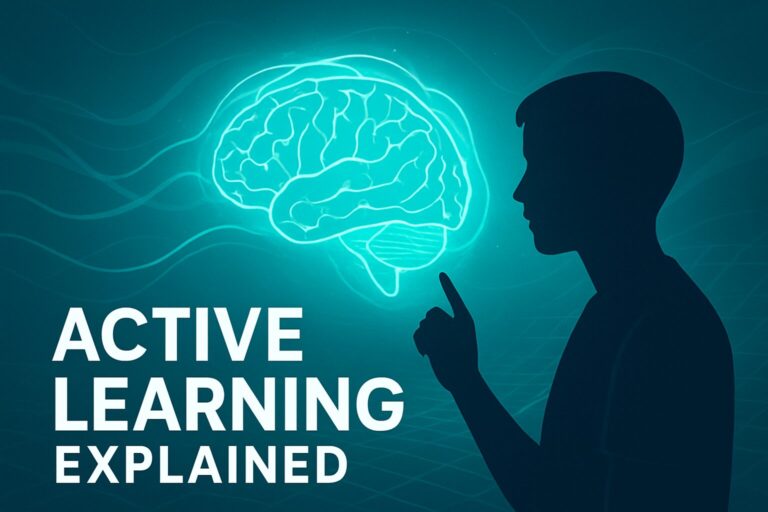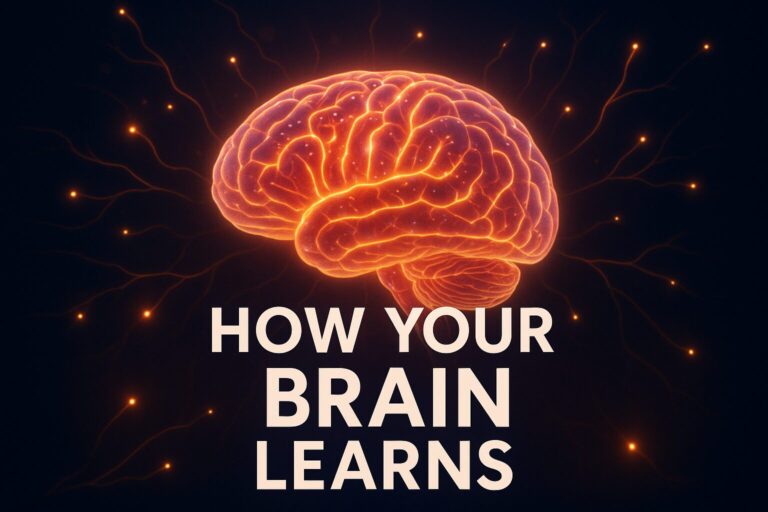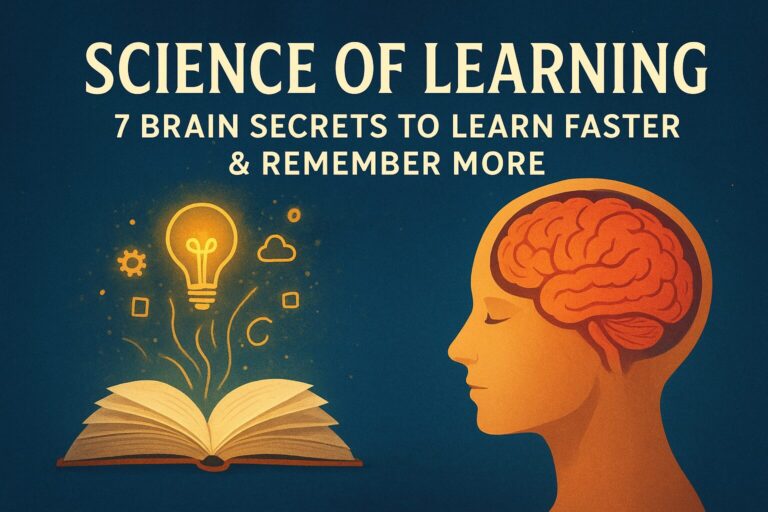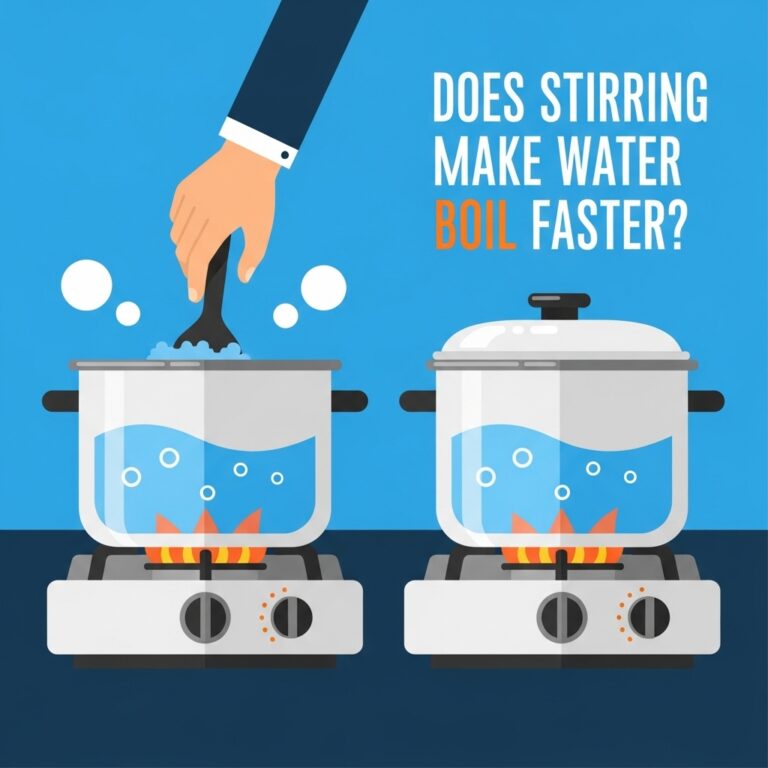
Active vs Passive Learning, If you’re studying by just reading, watching, or listening, you’re already forgetting up to 80% of what you learned by the next day and your brain is doing it on purpose.
Not because you’re lazy.
Not because you’re “not a fast learner.”
But because the brain only stores what it believes is useful and passive learning doesn’t give your brain proof that the information matters.
This is the core difference between average learners and high-retention learners:
Passive learners see the information.
Active learners use the information.
What Is Passive Learning (and Why Doesn’t It Stick?) -Active vs Passive Learning
Passive learning is when students:
- Read a chapter repeatedly
- Listen to a lecture
- Copy notes
- Highlight lines
- Watch an explanation video
All of these feel like studying…
but the brain is barely engaging with the information.
The brain treats passive input as background noise like overhearing a conversation in a bus terminal. You heard it, but you didn’t internalize it, so it fades.

What Is Active Learning (and Why Does the Brain Prefer It?)
Active learning is when the student interacts with knowledge, not just receives it:
- Explaining in their own words
- Solving a problem instead of watching it
- Applying examples
- Teaching another student
- Predicting what comes next
Whenever the brain has to do something with information, it upgrades it from “noise” to memory.
Active learning triggers:
- Deeper neural encoding
- Emotional relevance markers
- Retrieval readiness
- Long-term retention
This is why top-performing students don’t always study longer, they simply study differently.

Why Passive Learning Fails (According to the Brain)
The brain has a built-in filter called the Reticular Activating System (RAS). Its job is to decide what to remember and what to throw away. If you only receive information, the brain doesn’t detect any survival or relevance signal, so it discards it as low priority.
Passive learning = observed, not used
Used = irrelevant
→ Forgotten
Active learning = observed + applied
Applied = relevant
→ Stored
This is why a student can sit in class, understand everything in real time…
but forget it all during revision.
The learning never transferred into memory – it stayed in short-term cognitive “preview mode.”
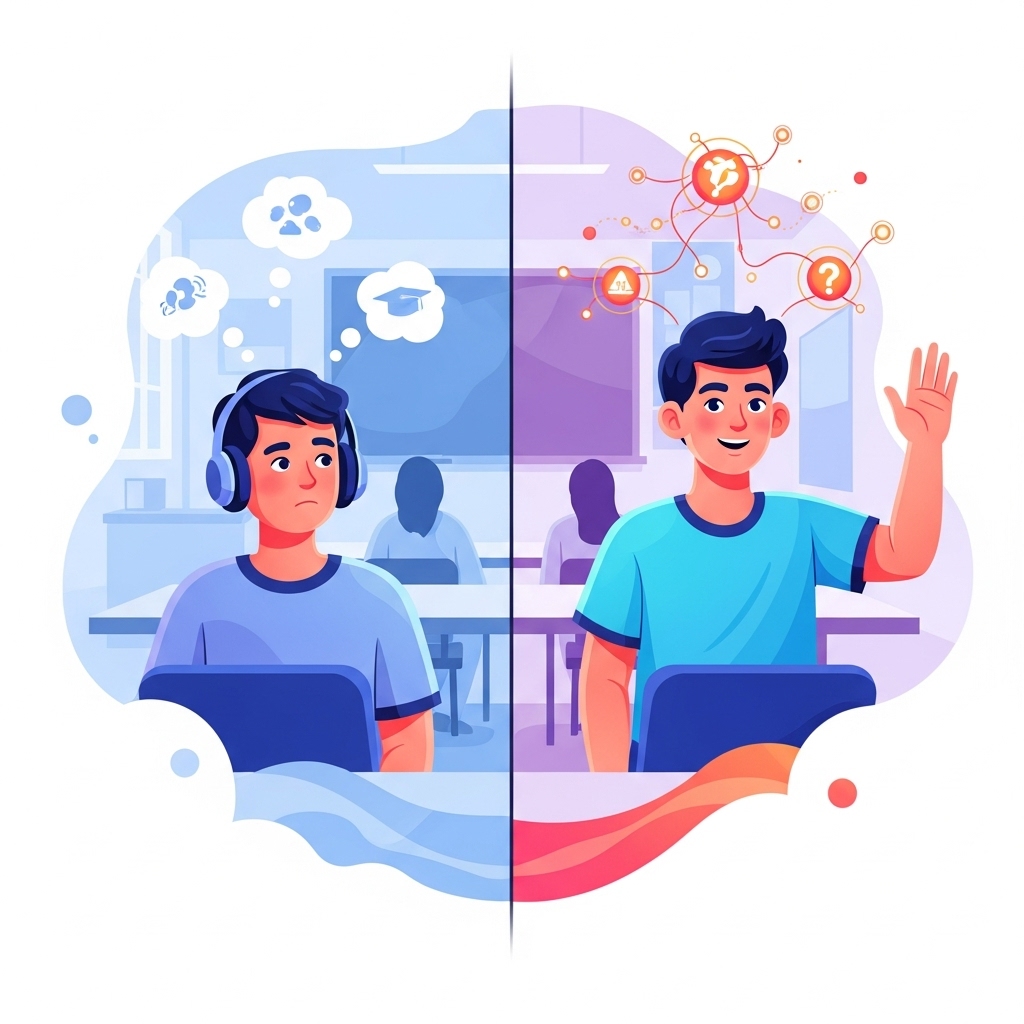
A Real Classroom Example (The Difference You Can See)
Two students sit in the same class, hear the same teacher, and take the same notes.
Student A (Passive)
Listens quietly → Copies exactly what’s on the board → Nods along thinking “yes, I understand.”
Student B (Active)
Listens → Pauses to reframe it in their own words → Asks, “So does this mean…?” → Predicts the next step before the teacher reveals it.
Same classroom.
Same content.
Different engagement level.
Later, Student A feels “blank” when they try to revise because they only saw the information.
But Student B remembers more easily because they used it while learning.
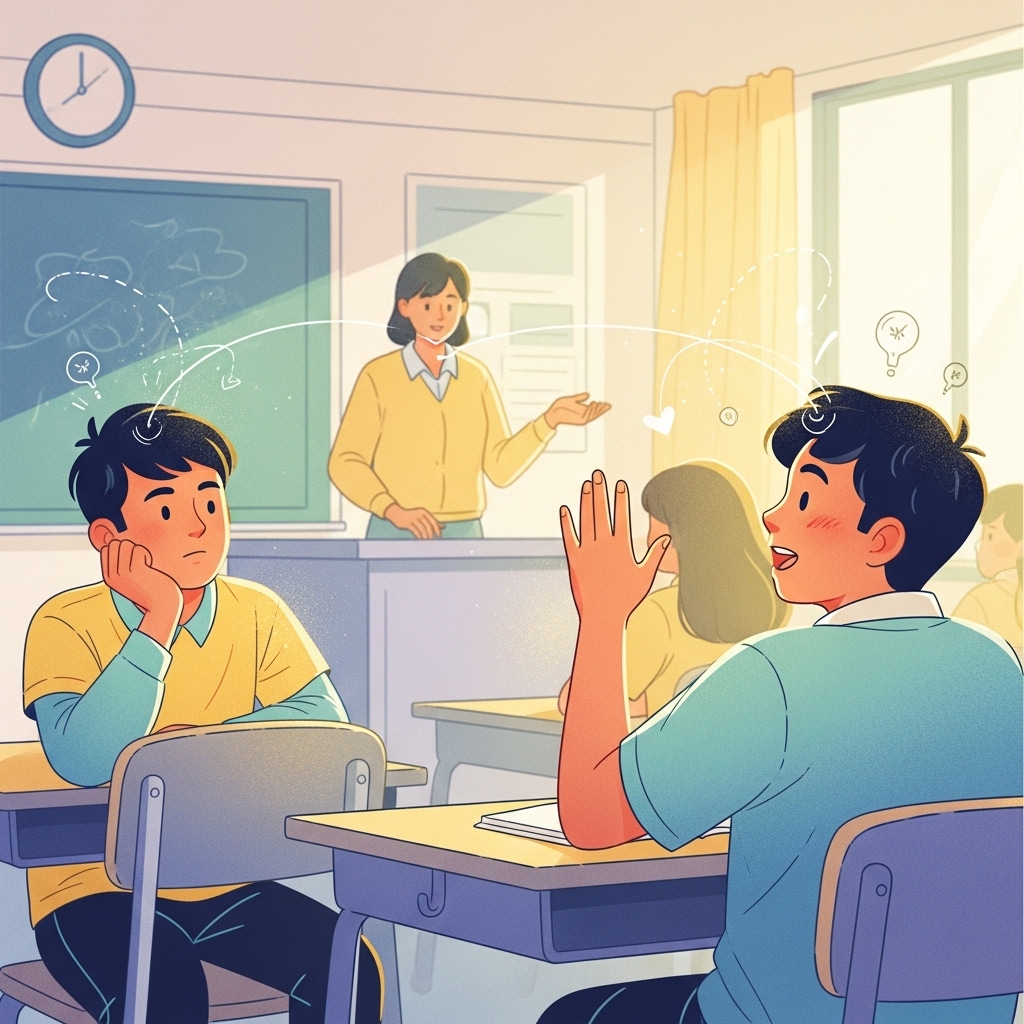
The Psychology of Retention: “Use It to Keep It”(active vs passive learning)
Memory works like a muscle – unused information weakens.
Active learning forces the brain to retrieve, connect, and rebuild knowledge, which strengthens neural pathways. This is called deep encoding, and it is neurologically the opposite of cramming.
Cramming = shallow memory (because it only enters short-term storage)
Active learning = stable memory (because retrieval wires it in)
The moment the brain struggles a little, learning becomes sticky.
That small friction is not failure – it is memory-building happening in real time.
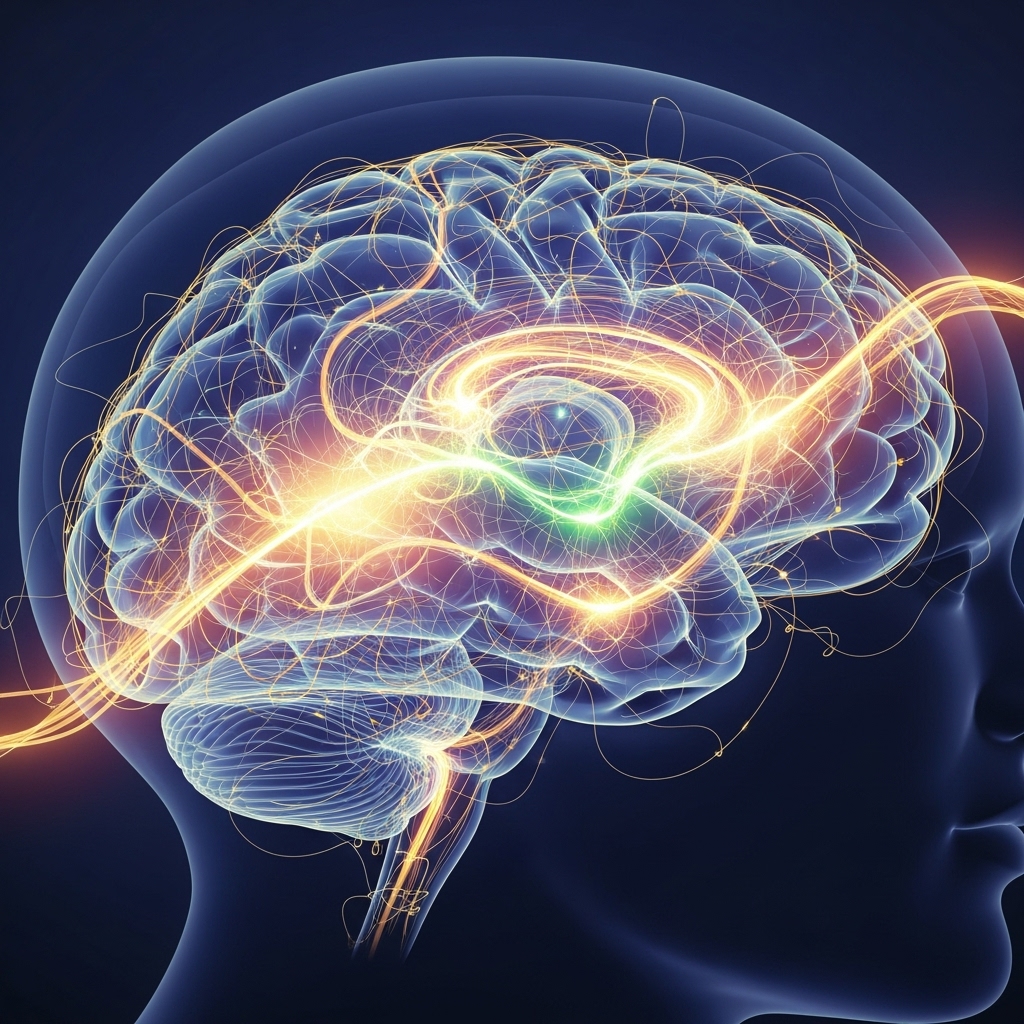
Simple Ways Students Can Switch from Passive to Active(active vs passive learning)
You don’t need a new study schedule – just a new method.
| Passive Habit | Active Replacement |
|---|---|
| Rereading notes repeatedly | Turning them into a short summary from memory |
| Watching a solution | Trying the first 3 steps before watching |
| Highlighting text | Asking: “What is the main idea of this paragraph?” |
| Listening silently | Predicting what comes next |
| Memorizing definitions | Creating a real-life example |
These tiny changes create massive retention gains because the brain shifts from input mode to engagement mode.
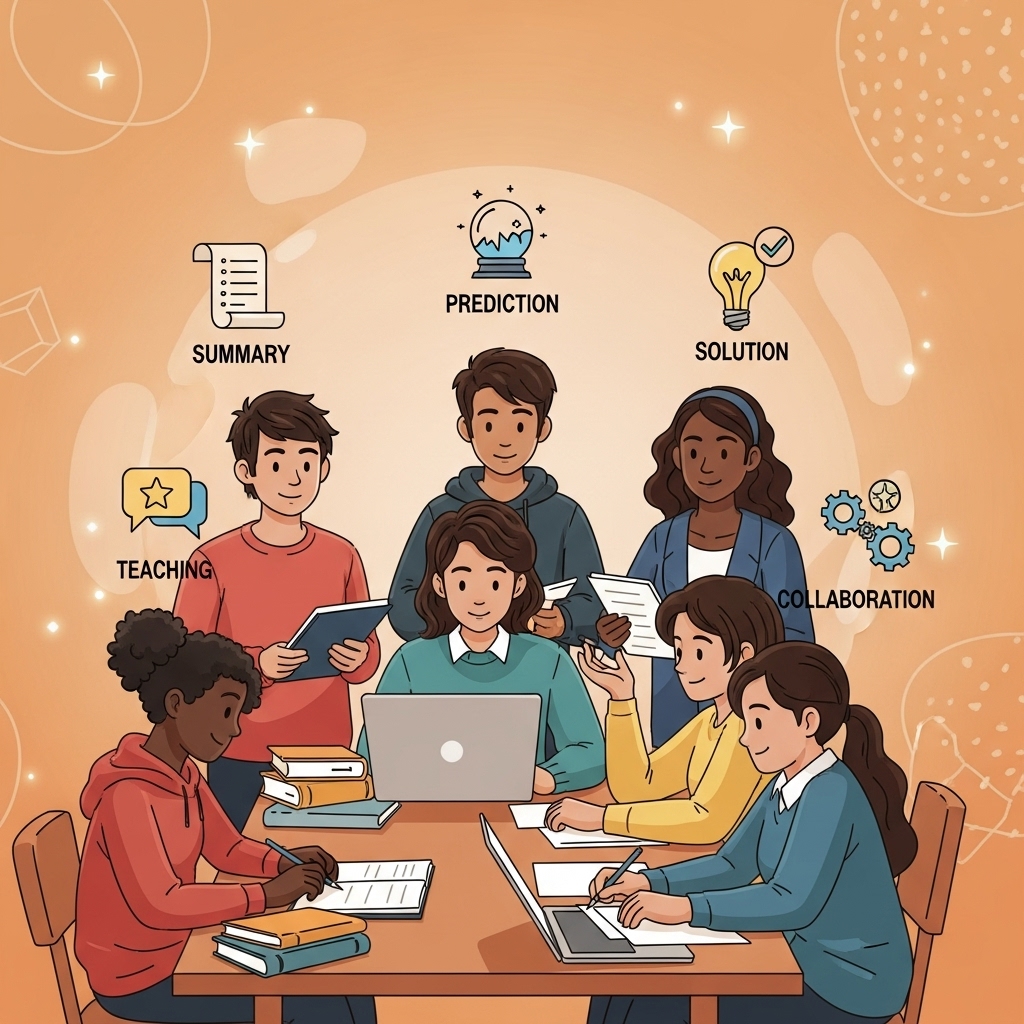
Why Listening Alone Isn’t Learning (active vs passive learning)
Listening is the first step, not the finish line.
If you only listen, the brain assumes:
“I don’t need this yet.”
But when you respond, apply, or test it, the brain rewrites the message to:
“This matters – keep it.”
This is why:
- Participation > silent understanding
- Doing > watching
- Retrieval > rereading
The secret isn’t to study more.
The secret is to study actively.
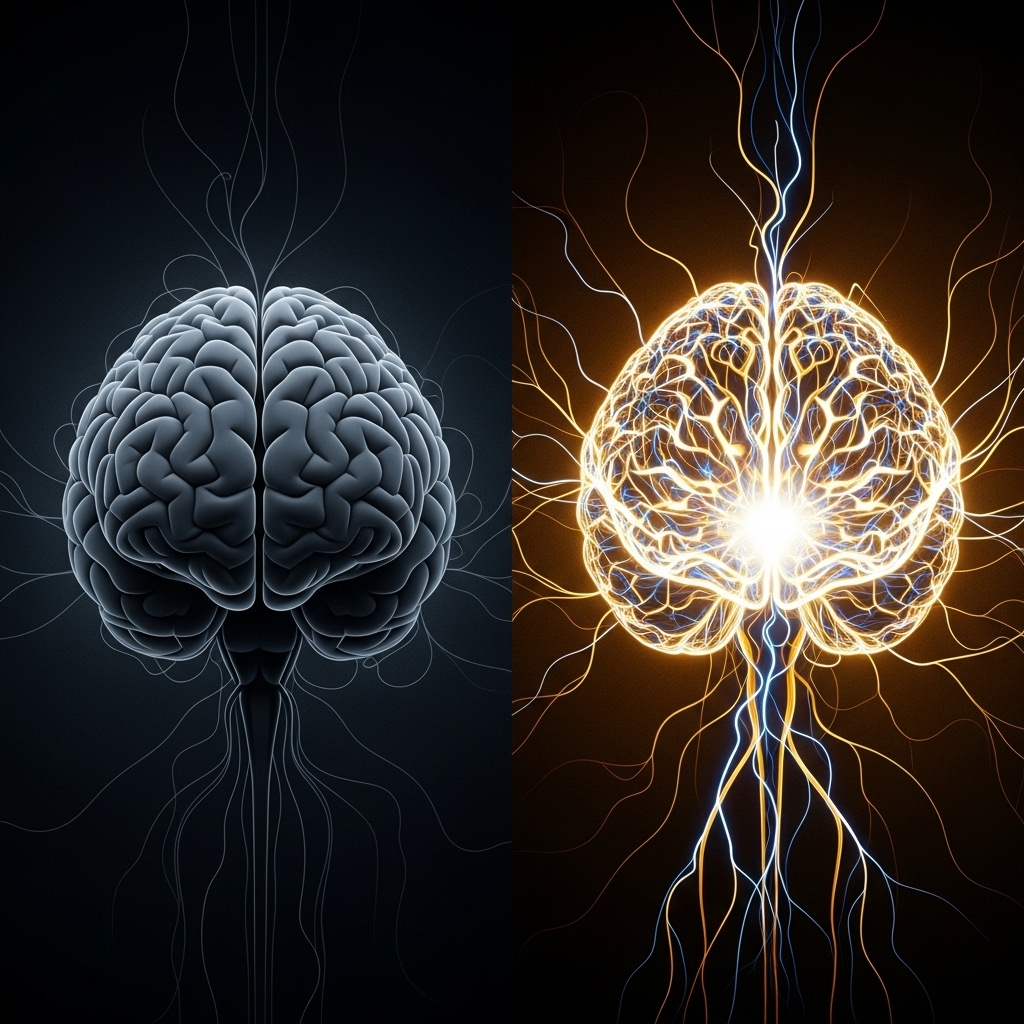
Quick Takeaway for Skimmers
Active learning = interaction.
Passive learning = exposure.
The brain stores interaction, not exposure.
To continue this learning series, the next article will dive into the next skill top students secretly use:
→ “Metacognition: The Skill That Helps You Learn How to Learn”
This builds on today’s lesson and moves from engagement → self-awareness in learning, giving students the next level of learning mastery.
Educify: Turning Brain Science into Daily Learning
At Educify, we turn insights like these into real learning experiences.
Whether you’re exploring topics like Key Types of Artificial Intelligence In Health Care Today or Essential Skills for the Future Job Market, our resources, quizzes, and study guides are built around how your brain actually works.
Our mission is simple to make education not just accessible, but human.
Because once you understand your brain, you’ll realize you can learn anything.
Ready to learn smarter – not harder?
Join thousands of students using Educify to upgrade how they study with memory-boost tools, active recall templates, and real classroom-tested learning frameworks.
👉 Start here: How Your Brain Learns










